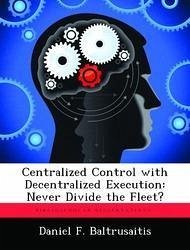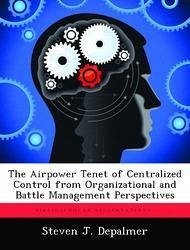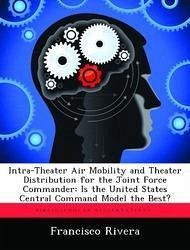
The Limits of Decentralized Execution: The Effects of Technology on a Central Airpower Tenet
Versandkostenfrei!
Versandfertig in über 4 Wochen
59,99 €
inkl. MwSt.

PAYBACK Punkte
30 °P sammeln!
This thesis investigates the effects of technological advances on decentralized execution of air operations. It specifically seeks to answer the question of how advanced sensor and communication capabilities in Air Operations Centers might lead to centralized execution.The research focuses on three case studies of air operations: Linebacker II, Desert Storm, and Allied Force. In each case the command-and-control structure for air operations is analyzed, the command-and-control systems are described, the technologies enabling the air commanders headquarters to maintain real-time control of his ...
This thesis investigates the effects of technological advances on decentralized execution of air operations. It specifically seeks to answer the question of how advanced sensor and communication capabilities in Air Operations Centers might lead to centralized execution.The research focuses on three case studies of air operations: Linebacker II, Desert Storm, and Allied Force. In each case the command-and-control structure for air operations is analyzed, the command-and-control systems are described, the technologies enabling the air commanders headquarters to maintain real-time control of his forces are evaluated; and the influence of all these factors on decentralized execution are assessed.The study concludes that technological advances in Air Operations Centers' ability to receive real-time information on on-going air missions and situational displays that give it detailed information on local conditions in the battle area, combined with a concurrent capability to communicate with strike aircraft, makes centralized execution feasible. Under certain conditions of limited force application with a high degree of political control, centralized execution may also become desirable.Finally, the implications of these technological advances for future Air Operations Centers, which have been designated by the USAF as weapons systems, are discussed within the context of enabling information superiority.














